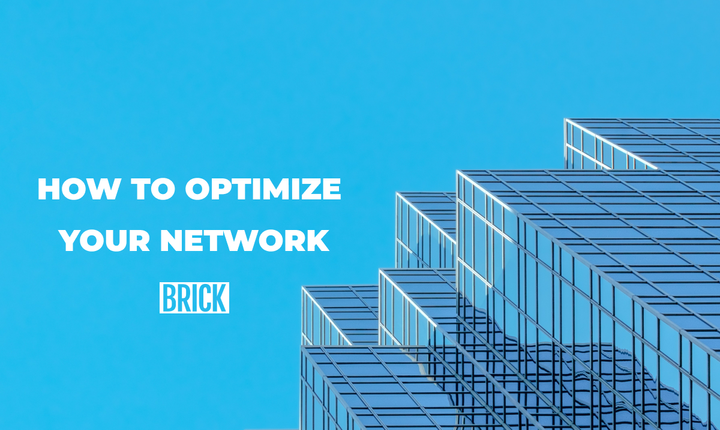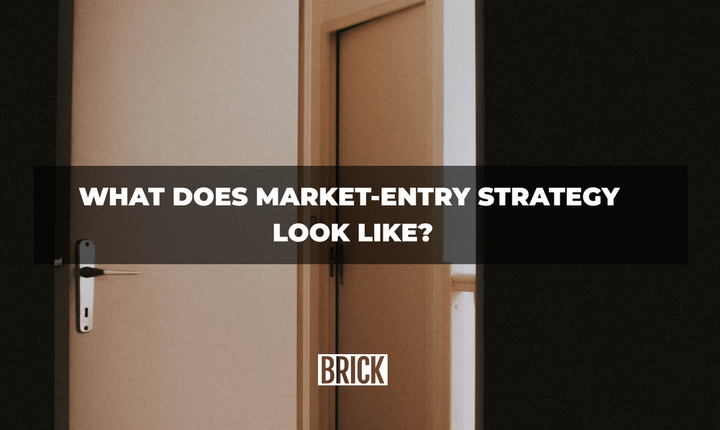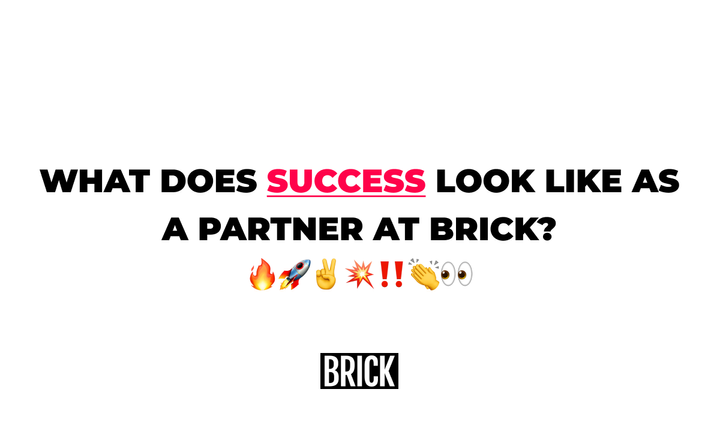Seize Your Market: How to Go from Network Partner to Market Operator
Considering upgrading your network? Launching a Brick powerbank sharing network involves 3 phases. As you progress, consider becoming a Market Operator!

Wondering when to level up your network? Launching a Brick power bank sharing network in your market boils down to three phases for partners:
👋 Phase 1: Placement
🔥 Phase 2: Station Optimization
🚀 Phase 3: Expansion
These steps are incremental, and once you hit the third phase, it might just be the right time to think about moving from a Network Partner to becoming a Market Operator.
Phase 1: Placement 👋
By initiating early and frequent contact with venues, you can showcase the product and service using sales materials and, if available, your test kit. This serves as your portable sales kit, allowing you to navigate venues in a targeted and strategic manner. Prioritize venues where our service excels, such as bars and nightlife spots, before delving into more complex establishments like universities, arenas, and airports.
A simple icebreaker is asking staff how often they field requests for chargers. Start there, then engage with decision-makers, emphasizing the most relevant value a Brick station can offer: increasing user dwell time and spending at the venue, providing staff with a convenient solution for phone charging, and offering a modern amenity to attract users.
Station Arrival
Once stations arrive, conduct thorough testing before delivering them to venues. Crucially, onboard venue staff to ensure they understand the service and its benefits for customers. Venue staff are invaluable advocates for promoting Brick to their customers.
At this stage, marketing takes a back seat. Focus on swiftly placing all stations in densely populated areas frequented by our users, with a special emphasis on nightlife venues. Consider the typical evening of a Brick user and prioritize placements accordingly. Maximizing placements at smart venues highlights the service's value to users navigating their daily routines and nightlife.
Ultimately, aim for Brick stations to become as ubiquitous as plumbing and electricity, providing users with a reliable charging solution on the go. This is when you'll start seeing regular usage of the service.
Phase 2: Station Optimization 🔥
So, all your stations are up and running, and you're starting to see regular rentals increasing on your market's Brick dashboard. What's next?
Check your stations
Firstly, it's important to regularly check your stations during venue operating hours to ensure none are offline for extended periods. While it's normal for venues to turn off stations when closed, be vigilant for any offline stations lasting more than a few days. Most markets receive weekly station reports highlighting any stations offline for more than three days.
If you notice a station with below-average rentals, it's time to investigate. Visit the venue to assess placement visibility, ensuring stations are located in high-traffic waiting areas like bars. Placements at restaurants can be tricky, especially if waiters are the main point of contact for customers. If the venue, placement, and staff onboarding seem optimal but rental activity remains stagnant, consider relocating the station to a better-performing venue.
Consider offering a revenue share to venues as a last resort, particularly in high-foot-traffic areas. While this may result in a portion of revenue loss, it can attract more users to the network or increase rentals sufficiently to offset the loss.
Review your venues
Review venue types and diversify placements if they're predominantly concentrated in one type. If placements at popular venues like bars are maximized, consider expanding to more complex institutions like schools, gyms, or airports.
Test station pricing by running trials with slightly different pricing structures in similar venues. Consult with your Partner Success Manager to adjust overall market pricing accordingly.
Finally, consider increasing promotions at stations to attract more users. Adjust pricing and promotions at the venue level, offering incentives like 15 free minutes of rental or promo codes, particularly to staff. Printed materials like flyers or business cards can help spread the word and increase the user base.
Phase 3: Expansion 🚀
So, your stations are all set up, and your revenue per station is on a steady rise. You've begun fine-tuning placements within venues and relocating stations to maximize performance. Regular checks ensure none are offline more than expected, and pricing has been optimized while initial promotions have ended, maximizing revenue. Well done!
What's next?
It's time to start discussing expansion plans for your market. Ordering new stations is a smart way to reinvest earnings and grow your network. Markets that achieve maturity typically do so by rapidly placing stations early on and optimizing their performance. As stations are deployed, more users become familiar with the service, leading to regular rentals and increased revenue over time, leading to exponential growth.
Now might be the right time to consider becoming a Market Operator! This transition grants you increased access to your Partner Success Manager and opens up possibilities for complex implementations such as new payment integrations and branding partnerships with Brick for Brands.
Additionally, your revenue share increases as the split between partner and Brick shifts more in your favor. For successful markets, we also offer support for further growth and expansion. You can even recruit Subsidiary Network Partners to aid in expansion efforts, particularly in areas where you're not yet deployed. Reach out to your Partner Success Manager for more details.
Become a Brick Partner
Don't miss out on this opportunity to join our global network. Ready to take the plunge into entrepreneurship with Brick? Contact us today, and let's get you started!




